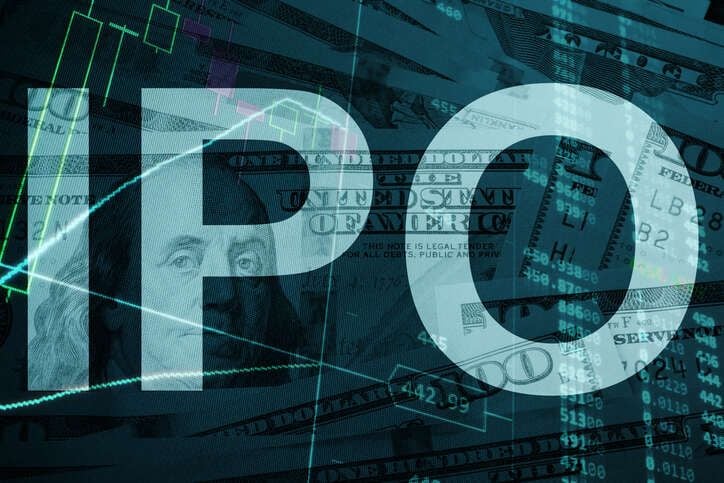Direct vs. Indirect IPO Investments: Which Route Is Right for You?
Direct vs. Indirect IPO Investments: Which Route Is Right for You?
Published by Jessica Weisman-Pitts
Posted on September 21, 2023

Published by Jessica Weisman-Pitts
Posted on September 21, 2023

Direct vs. Indirect IPO Investments: Which Route Is Right for You?
Investing in Initial Public Offerings can be an enticing prospect for many investors looking to get in on the ground floor of a promising company’s journey to the public markets. However, there are two primary approaches for the investors, from which they have to choose one that is direct and indirect IPO investments.
Each method has advantages and disadvantages, and choosing the right one depends on the financial goals, risk tolerance, and investment strategy. So, keeping this in mind, let’s explore both of these in detail so that your decision-making process becomes easy.
What is Direct IPO Investment?
Direct upcoming IPO investments from the likes of Motilal Oswal refer to the process of individual investors or institutional investors purchasing shares of a company’s stock during its initial public offering directly from the issuing company or through an underwriter.
Key elements of Direct IPO Investment
An IPO is a privately held company that offers its shares to the public for trading on a stock exchange.
The company going public is the issuer. They decide to make a portion of their ownership available to the public by issuing shares of stock.
In many IPOs, an investment bank or a group of underwriters facilitates the process. Underwriters help determine the offering price, manage the sale of shares to investors, and provide financial advice to the issuing company.
Direct IPO investments involve individual or institutional stock market today investors buying shares directly from the issuing company or underwriters at the IPO price.
What is Indirect IPO Investment?
Indirect IPO investments, on the other hand, involve investing in IPOs through various financial products or funds.
Key elements of Indirect IPO Investment
Indirect upcoming IPO investments often provide diversification benefits because you can invest in a portfolio of IPOs or other assets alongside them. This can help spread risk across multiple companies.
Many indirect IPO investments, such as IPO mutual funds or exchange-traded funds (ETFs), are managed by professionals with expertise in selecting and managing IPO investments.
Indirect investments are generally more liquid than direct IPO investments. You can buy and sell shares of IPO funds or ETFs on the open market, providing greater flexibility to adjust your portfolio.
Some indirect IPO investment options may have lower minimum investment requirements than participating directly in IPOs, making them accessible to a broader range of investors.
Difference between Direct and Indirect IPO Investment
Aspect Direct IPO Investments Indirect IPO Investments Method of Investment Purchasing shares directly from the issuing company or underwriter during the IPO. Investing in IPOs through financial products or funds like IPO ETFs, mutual funds, or secondary market purchases. Access to IPO Pricing Investors can buy shares at the IPO price, often lower than the market price, after trading begins. Investors typically buy shares at market prices after the IPO has occurred. Ownership Investors become shareholders of the company from the outset. Investors hold shares in a fund or ETF, not individual IPO companies. Control Investors can choose specific IPOs and the number of shares they purchase. Control is limited as fund managers or ETFs make investment decisions. Diversification Limited diversification as investors typically allocate capital to individual IPOs. Offers diversification as investments are spread across a portfolio of IPOs or other assets. Professional Management Investors need to conduct their own research and due diligence. Managed by professionals who specialize in selecting and managing IPO investments. Liquidity Liquidity may vary depending on the IPO and the company’s performance post-IPO. Generally more liquid as shares can be bought and sold on the open market. Minimum Investment Minimum investment requirements may vary and can be relatively high. Lower minimum investment requirements in comparison, making them accessible to more investors. Risk Tolerance Requires a higher risk tolerance due to the potential volatility of individual IPOs. Provides some risk mitigation through diversification and professional management. Costs Typically, lower fees may involve additional costs for underwriting and brokerage fees. This may include management fees and expenses associated with the investment product.
Tips for Successful IPO Investing: A Deeper Dive
Investing in Initial Public Offerings (IPOs) can be both thrilling and challenging. To help you navigate this terrain successfully, here’s an in-depth look at essential tips to consider:
1. Stay Informed
2. Diversify Your Portfolio
3. Risk Management
4. Due Diligence
5. Long-Term Perspective
6. Assess Market Sentiment
7. Follow Lock-Up Periods
8. Be Prepared for Volatility
9. Assess Your Investment Horizon:
The Bottom Line
To make an informed decision, carefully assess your investment goals, risk tolerance, and level of expertise. Regardless of your choice, it’s essential to conduct thorough research and due diligence before investing in any upcoming IPO to increase your chances of success in this dynamic and exciting stock market segment.
Explore more articles in the Investing category











